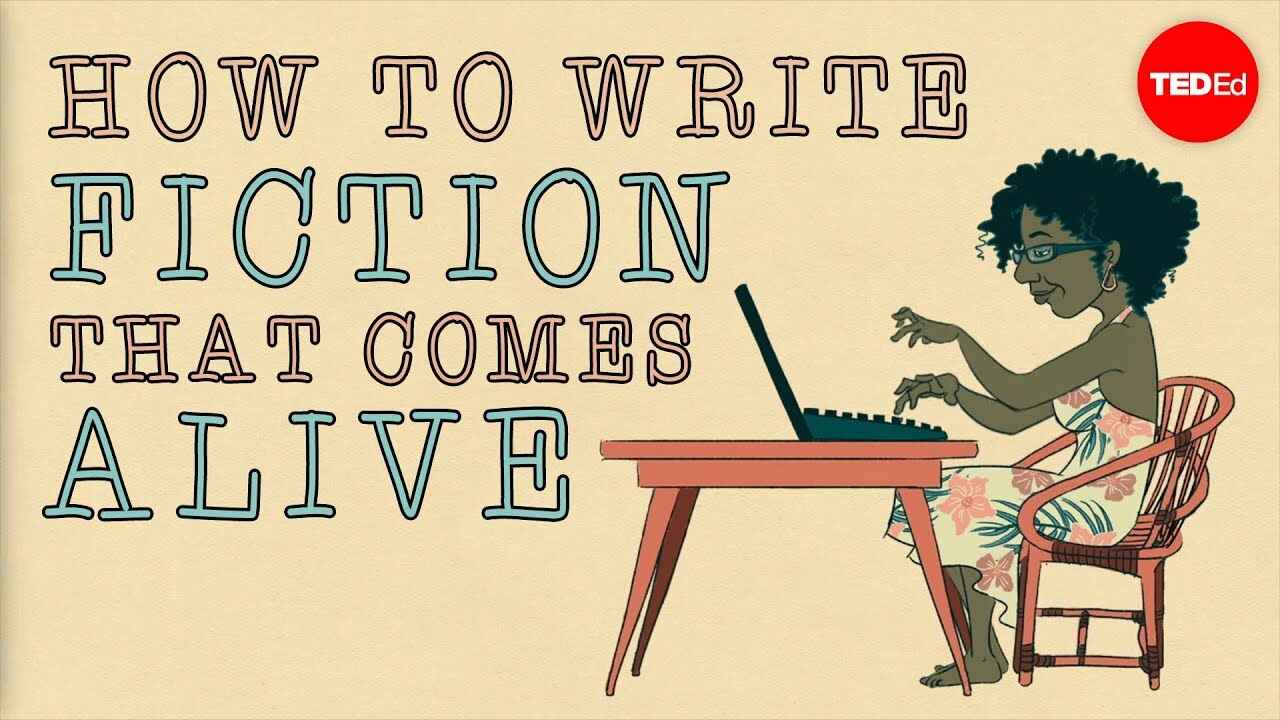Secrets of an Award-Winning Author: Guide to creating engaging fiction stories
The power of fiction lies not in mere storytelling, but in words that transforms ink on paper into emotions

Writing fiction is about more than just telling a story; it’s about creating an immersive experience for your readers. The magic of fiction lies in its ability to transport readers into another world, making them feel the emotions and sensations of the characters.
This atomic idea explores how to captivate your readers through vivid descriptions, sensory engagement, and creative metaphors, ensuring your story leaves a lasting impact.
Creating Vivid Descriptions
Descriptions are powerful tools in fiction. They do more than just inform; they evoke emotions and sensations. Consider this example: "Billie's legs are noodles.
The ends of her hair are poison needles. Her tongue is a bristly sponge, and her eyes are bags of bleach." This metaphor-rich description not only conveys Billie's physical state but also her emotional turmoil.
In contrast, a bland statement like "Billie feels nauseated and weak" fails to create the same impact. Vivid descriptions help readers not just understand, but feel the character's experiences.
Writing fiction is like painting with words, where each stroke of description adds color and depth to the canvas of imagination.
Launched: Atomic Course on Storytelling -
grab the launch discount
Engaging the Senses
Fiction should engage all five senses—taste, smell, touch, hearing, and sight—to create a fully immersive experience. For instance, Tobias S. Buckell’s sentence, "The world was ghost-quiet, except for the crack of sails and the burbling of water against hull," uses specific auditory details to draw readers into the scene.
The words "crack" and "burbling" provide distinct auditory images, while "ghost-quiet" adds a layer of eerie silence. Engaging the senses helps readers build a vivid mental picture, making the story more memorable and engaging.




